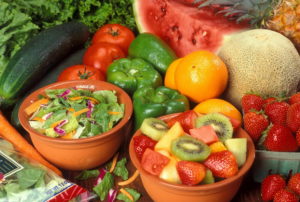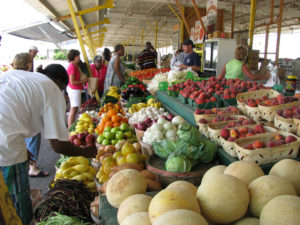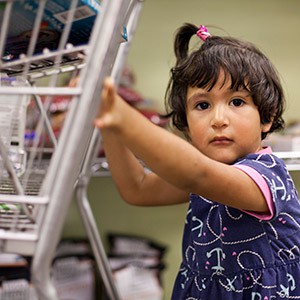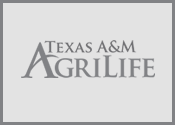
By: Doris Vallejo-Aguilar, UT Intern, Spring 2017
When we are carrying out our daily routine in the kitchen, it may not cross our minds that there might be harmful bacteria on every counter and utensils we use to prepare food. However, there are a few guidelines we can follow to keep our food safe. These guidelines are called the Fight BAC! Rules. The Fight BAC! Rules are Clean, Separate, Cook, and Chill. Let’s find out how we can become food safe!
CLEAN
The first Fight BAC! Rule is clean. This means you should wash your hands and surfaces often. Bacteria can spread throughout our kitchen counters, sinks, utensil, and food. To prevent bacteria from spreading, start by washing your hands with warm water and soap for a minimum of 20 seconds. You should wash your hands before and after handling food, after playing with pets, and after using the restroom. Keep books, backpacks or shopping bags off the kitchen counters were food is prepared. Consider using paper towels to clean counter tops. When we use rags often to clean counter tops we can spread germs more easily.
Download Clean Fact Sheet for more information.
SEPARATE
The second Fight BAC! Rule is separate. Separate means we should not cross-contaminate. Cross-contamination occurs when harmful bacteria is spread from food to other food, cutting boards, and utensils. When we handle raw foods such as meat and poultry, the juices that accumulate in their packaging can contain bacteria. When we handle raw foods on a cutting board, we should use a separate cutting board for fresh produce. This prevents cross-contamination. In addition, never place cooked food on a plate that previously had raw foods!
Download the Separate Fact Sheet for more information.
COOK
The third Fight BAC! Rule is cook. We need to cook our foods to proper temperatures so it is safe for us to eat. Food is safe to eat when it reaches a high internal temperature. A high internal temperature kills harmful bacteria that can cause foodborne illnesses. When you are cooking in a microwave oven, make sure there are no cold spots because bacteria can survive in those places. For the best result, cover the food entirely and rotate for even cooking in the microwave.
For specific temperatures to cook certain foods and cooking techniques, download the Cook Fact Sheet .
CHILL
The final Fight BAC! Rule is chill. Chill means we need to refrigerate our foods promptly. We need to refrigerate our foods quickly because cold temperatures prevent the growth of harmful bacteria. Make sure to keep you refrigerator at 40 degrees Fahrenheit or below. Your freezer should be 0 degrees Fahrenheit or below for the safest storage. Do not leave your food out at room temperature for more than two hours before you put them in the refrigerator or freezer. Divide large amounts of leftovers into shallow containers for quicker cooling in the refrigerator.
Download the Chill Fact Sheet for more information.
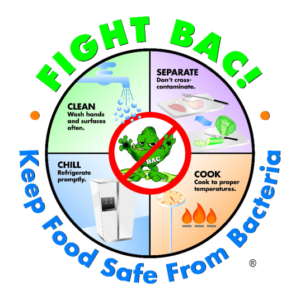
Image source:https://www.fightbac.org/food-safety-basics/the-core-four-practices/
Let us fight bacteria using the Fight BAC! Rules! These helpful tips will make handling and eating your food safer!
